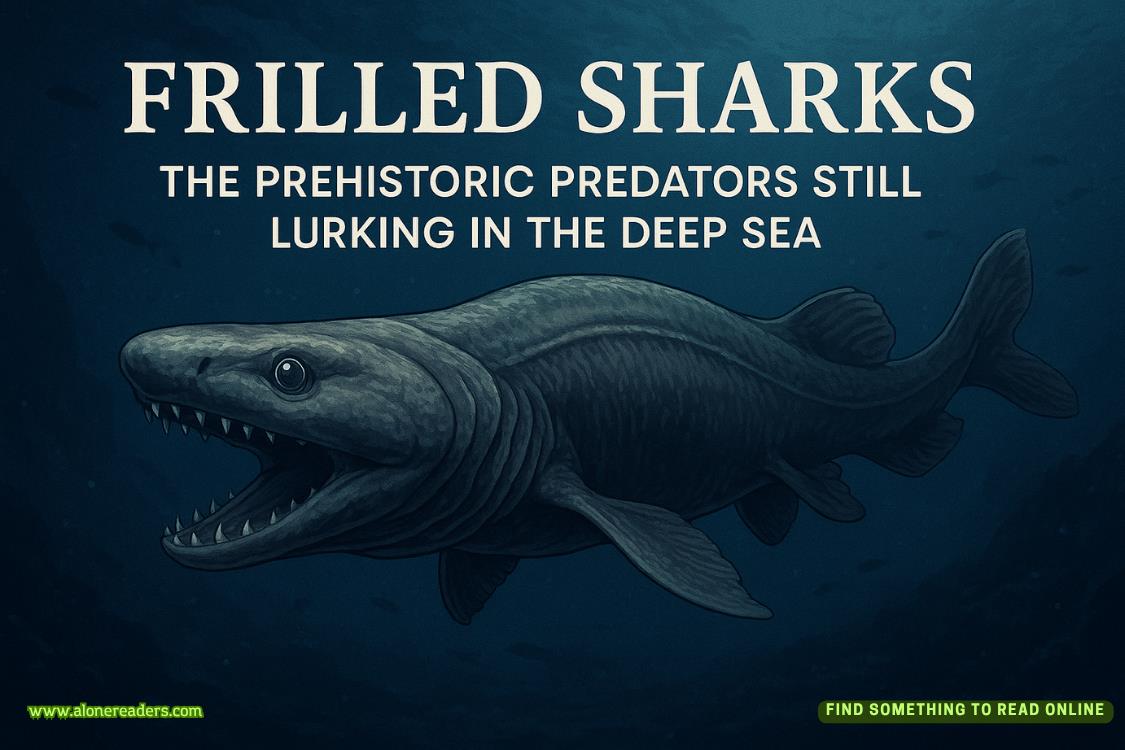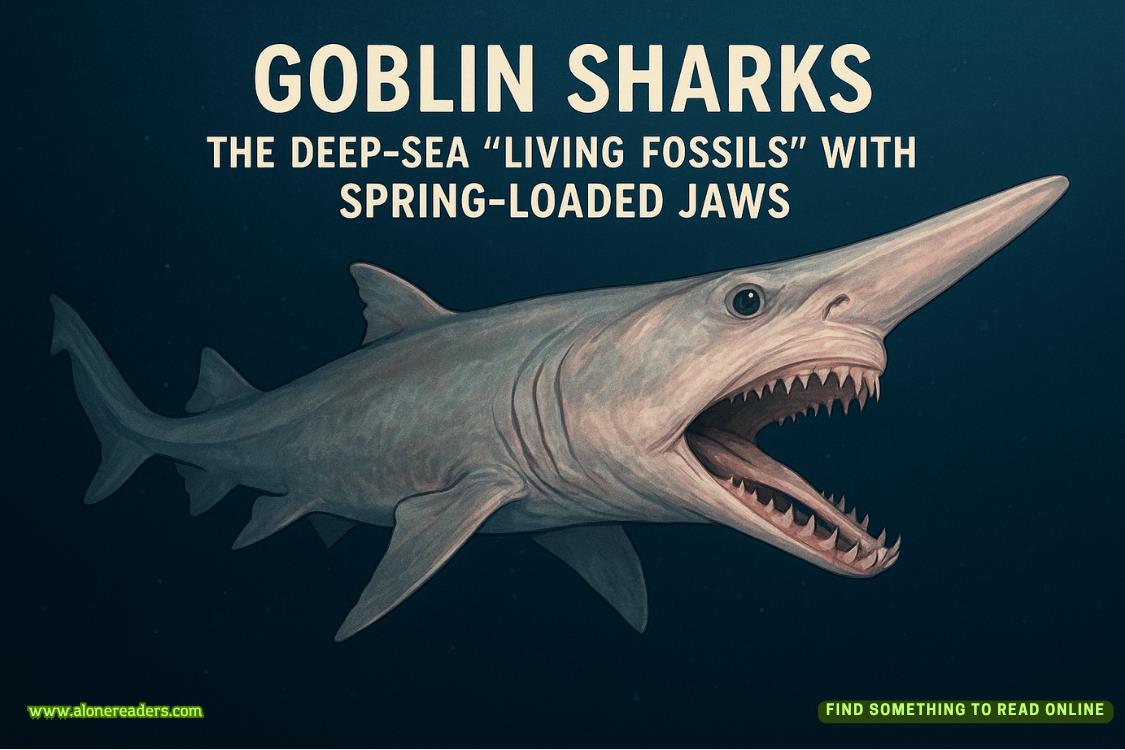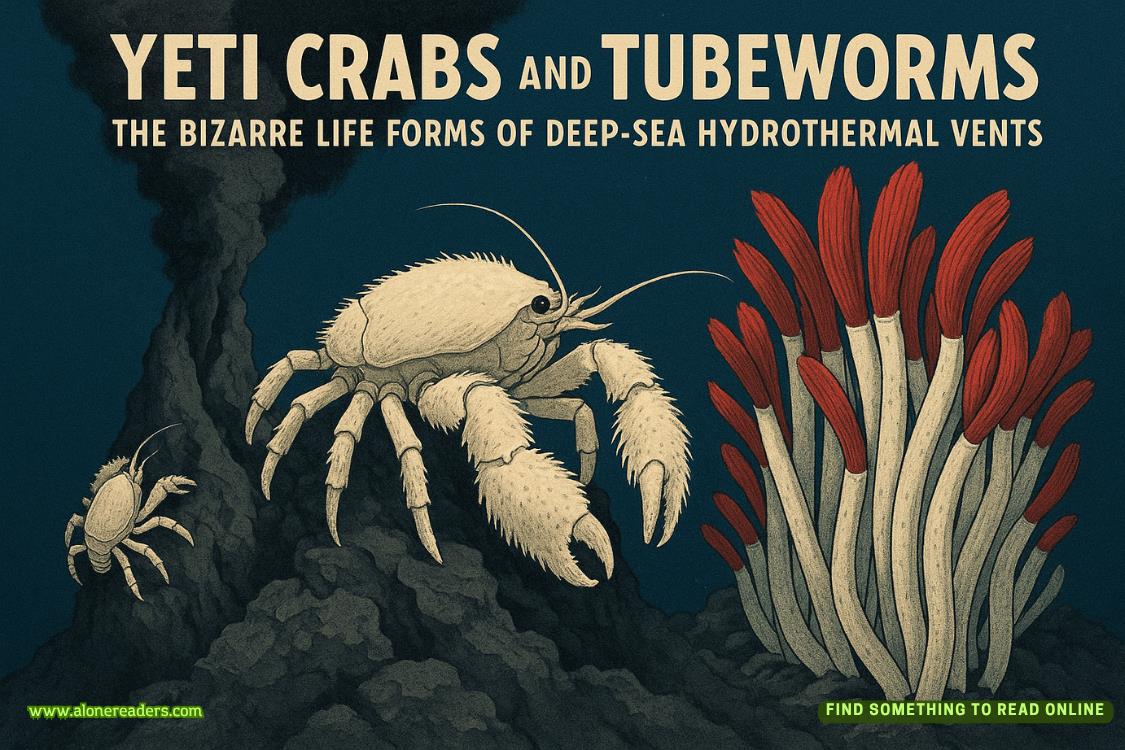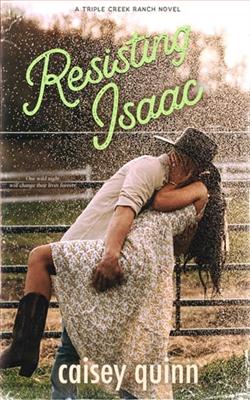Page 38 of She Didn't See It Coming
“Most likely on the way back to work then,” Jayne says. “And he wouldn’t want his three-year-old to see him throwing something away. He could have dumped the clothes anywhere,” Jayne says. “A dumpster, the river—without CCTV to know where he might have gone, it’s like looking for a needle in a haystack.” She sighs.
Kilgour asks, “Why did he move the body at all? Why risk being seen with the suitcase? Why not just leave her there?”
Jayne suggests, “Maybe he didn’t want his daughter to see the body. He would have known the day care would call him when Bryden didn’t show up, that he’d have to go there directly to pick her up and bring her home.”
Some nods in the room. It makes sense.
Kilgour offers, “Derek Gardner might have known that the cameras in the underground parking garage weren’t working—Bryden might have told him. She might have invited him over that day, while she was working from home. Or he might have just shown up and she buzzed him in. He might have killed her, on the spur of the moment—maybe she threatened to tell his wife—put her in the suitcase, and left her in the storage locker—if the door was propped open. He doesn’t have much of an alibi either.”
Jayne nods slowly. “This one isn’t going to be easy,” she says. “So far, we have no physical evidence.” She stands up straighter, signaling the meeting is over. “Kilgour and I are off to the Coroner’s Office for the autopsy results.”
The officers start moving back to their desks—to hop on their computers, their phones. She has a good team. If there is anything to find, they will find it.
24
Jayne and Kilgour leave the police station and get into an unmarked car. Kilgour drives. It doesn’t take long to arrive at the Coroner’s Office, and they make their way across the pavement and through the heavy glass doors without speaking. Jayne knows that autopsies are not most people’s favorite thing about being a homicide detective, but Jayne doesn’t mind. Not anymore. She’s become used to it. She doesn’t know if that’s a good thing or a bad thing. She doesn’t want to become hardened, inured to all the suffering she comes across, but how the hell else can she do this job year in and year out? She thinks briefly of Michael as their footsteps click on the shiny linoleum along the empty hall. Michael keeps her human. He keeps her from dwelling too much on the dark side of human nature. He wants to get married and maybe have a baby someday. She’s not at all sure she would be able to reconcile those completely different sides of her life. She’s not even sure she should try.
She pulls open the door and the familiar sights and smells greet her.The antiseptic steel tables, the body-length refrigerated drawers. The bright overhead lights. The steel instruments, the bone saws, the sinks, the scales, the viewing area up above. Jayne doesn’t like to observe from the viewing area, she prefers to be down here on the floor, with the body, able to ask the forensic pathologist questions as they strike her. She doesn’t want to be at a remove—that isn’t what makes a good detective. She wants to be close to the victim, to study her intimately.
But they are not here to observe an autopsy today; it has already been carried out. They are here for the results.
“Hi, Ginny,” Jayne says, greeting the longtime forensic pathologist. Ginny Furness is in her late fifties, almost a generation older than Jayne, but they have always got on well. They are both no-nonsense and go about their work with curiosity and persistence. Jayne knows Ginny has children, grown now, and makes a mental note to ask her, over a drink some evening, how she managed it.
“There you are,” Ginny says pleasantly. “I’ve finished with her.” She walks over to a gurney with a sheeted body, and Jayne and Kilgour follow. Ginny pulls the sheet down from the top of the head to rest below the feet, without speaking. She gives them a moment.
Jayne looks down at the woman on the gurney, cold and lifeless. It always strikes Jayne how different someone looks in death compared to how they looked in life. She’s never thought they look like they’re just sleeping. The animating force is missing, and it’s everything. This isn’t Bryden Frost anymore. Bryden Frost is gone. The long blond hair is pulled away from her face, her eyes are open. Her body looks untouched to Jayne’s eyes, apart from the large, grisly, Y incision that was done to conduct the autopsy. There are no visible marks around the neck or throat, as she was expecting. No apparent sign of a head wound. No stab wounds, although she wasn’t expecting those, if Bryden was killed in the apartment, because it was pristine. She looks at Ginny questioningly. “Cause of death?” she asks.
“This wasn’t an easy one, but I’d say asphyxiation. There is some facial congestion, some petechial hemorrhaging.”
“Method?”
“Again, tricky. She obviously wasn’t strangled or choked. The hyoid bone is intact, and as you can see, there are no signs of pressure on the neck. I found no fibers around her mouth or nose, so it is unlikely that she was smothered with a pillow, for example. If I had to guess, I’d say she had a plastic bag held over her head until she died. Most likely, someone put it over her head from behind and held it tightly to her face.”
“A plastic bag,” Jayne repeats thoughtfully. She imagines it, the plastic sticking to the woman’s gasping face, her terror as she realizes what’s happening.
“Best guess,” Ginny says.
“Any sign of sexual assault?”
“No, not at all.”
“Did you find anything else?”
Ginny shakes her head regretfully. “I’m afraid not. No signs of being drugged, no puncture marks. Tox screen will take longer, but not really expecting anything there. Given how she was probably killed, I suspect she fought back, and there is some bruising on the back of her forearms, indicating a struggle. But we found nothing under her nails; they were clean. That might make sense if she was surprised from behind. No foreign hairs on the body. And strangely, very few fibers. We’d expect more from her own clothing, which I understand is missing?”
“Yes,” Jayne answers.
“So we don’t have them to make a comparison.”
Jayne nods. “The clothes her husband described her as wearing that day have not been found. Black yoga pants and a gray sweatshirt.I’ve just issued an appeal through the media in the hopes that if anyone finds them they’ll come forward.”
Ginny nods and continues. “Her clothes were probably stripped off her after, possibly to make it easier to fit her inside the suitcase, or more likely to get rid of any possible transfer evidence. Whoever it was had to be fairly strong, to overpower her and then to get her in that suitcase.”
“Time of death?”
“I’d say between noon and five p.m.—I can’t be any more exact than that.”
Jayne nods absently. “What do you think—crime of passion?” she asks.















